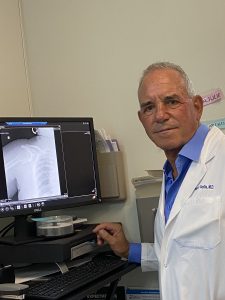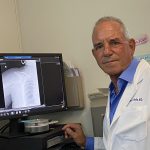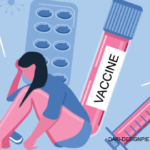As people in the U.S. struggle with increasing cases of COVID-19, the economic toll of the virus is growing, too. Community rheumatology practices are confronting significant financial fallout from stay-at-home orders and fears that keep patients at home, according to Norman Gaylis, MD, a community rheumatologist in Aventura, Fla.

Dr. Norman Gaylis
Dr. Gaylis started his private practice in 1982. The multi-faceted practice today includes three providers and 32 staff members to whom patients come for rheumatology care, infusion therapy, imaging (X-rays, bone density tests, MRIs), and physical therapy and rehab. Dr. Gaylis spoke with The Rheumatologist about the personal and business decisions he’s had to consider in the months since the novel coronavirus changed the world.
Q: What has been the evolution of COVID-19’s financial impacts on community rheumatology practices?
The actual onset of the COVID-19 epidemic has been like a perfect storm for the fiscal health of most community practices. Initially there was a slow-down effect, and then we started to see a progressive and significant reduction in the number of patients coming into our practice. We ended up being closed for two weeks in April when we just did telemedicine. When we reopened, for the next month we probably saw only 25% of our normal patient population. Not only were we seeing fewer patients, but insurance companies dramatically reduced reimbursements to us for services that we had previously rendered. Effectively, for most practices, this combination created a very tight scenario.
In the return to normal, patients are still apprehensive to come to the office, and they’re even more reluctant given the new surge of COVID-19 cases in Florida and around the country. We’re going backward and noticing that patients are reluctant to visit the office, even though they know it’s relatively safe. Financially, it will be catastrophic if we have to shut the practice down again. We may need more relief down the road if that does happen.
Q: Has there been any relief?
Most of our vendors were understanding and were willing to delay their monthly payments, and our landlord was prepared to give us an abatement. We also had a number of different grants, loans and stimulus monies that, without a doubt, allowed us to keep this practice functioning. These included the Payroll Protection Program, a grant from HHS [the Department of Health and Human Services] and a prospective plan from Medicare.



